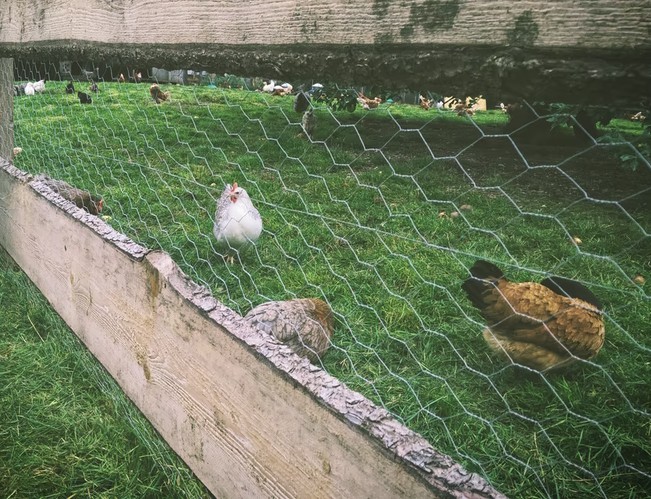
As urban sprawl extends outward in the United States, more and more wildlife is becoming urbanized, adapting to concrete and housing. The rabbit is an excellent example of wildlife that has adapted to city life. It’s no longer uncommon to see rabbits running between houses or lounging in your front yard. Rabbits are generally harmless, but they do pose problems for those who keep gardens.
Table of Contents
Signs of a Rabbit Problem
Rabbits gnaw on just about any wood; you may see evidence of this on maple, basswood, red and white oak, and willow trees, though other trees are also susceptible. Sharply angled clippings of younger foliage and vegetables may also be an indicator.
Trapping
Trapping rabbits is the only way to directly control a rabbit population. Trapping involves the following steps:
- First, make sure you aren’t infringing on any laws meant to conserve particular species of rabbit or hare. Before setting a trap, make a quick call to your local conservation officer.
- Whether you use a lethal or live trap depends on your preference and on the population of rabbits in your area. It’s more efficient (but less humane) to use kill traps to deal with larger rabbit populations, but if it’s only one rabbit and you’d prefer to trap it and release it elsewhere, consider a Havahart® live trap.
- Make sure you wash the trap with soap and water to help remove any human scent that may keep the rabbit from entering the trap.
- Bait the trap with carrots, lettuce, or the plants in your garden that the rabbit seems to like the most. Make sure to follow the trap’s directions carefully. Improper use of a rabbit trap can result in an inhumane end for a rabbit or leave you with an injured rabbit in a live trap, neither of which is pleasant to deal with.
- If you use a live trap, then you can simply release the rabbit into a more rural area. If you use a lethal trap, you can dispose of the rabbit as you see fit.
Chemical Control
Though there really is no such thing as chemical control for rabbits, most fungicides that contain the chemical thiram suffice as a proper rabbit repellent. Spray repellents on your vulnerable or precious plants every 10–14 days.
Keeping Rabbits Away

You can keep rabbits away from your yard with exclusionary and habitat modification tactics. Ensuring that rabbits do not have easy access to food or places to burrow and hide will discourage them from making your home their home.
- Chicken wire: Fencing is the most direct method of preventative rabbit control. Three-foot-wide chicken wire with a 1″ mesh is the best option because it’s cheap and durable. Use it to line the perimeter of your entire garden or lawn, or even individual clusters of plants. Bury it at least 6″ into the soil to prevent rabbits from burrowing beneath it.
- Brush cleanup: Removing brush piles, piles of stone or rocks, hedges, and thick brush will reduce the chances of a rabbit taking up residence near your home.


